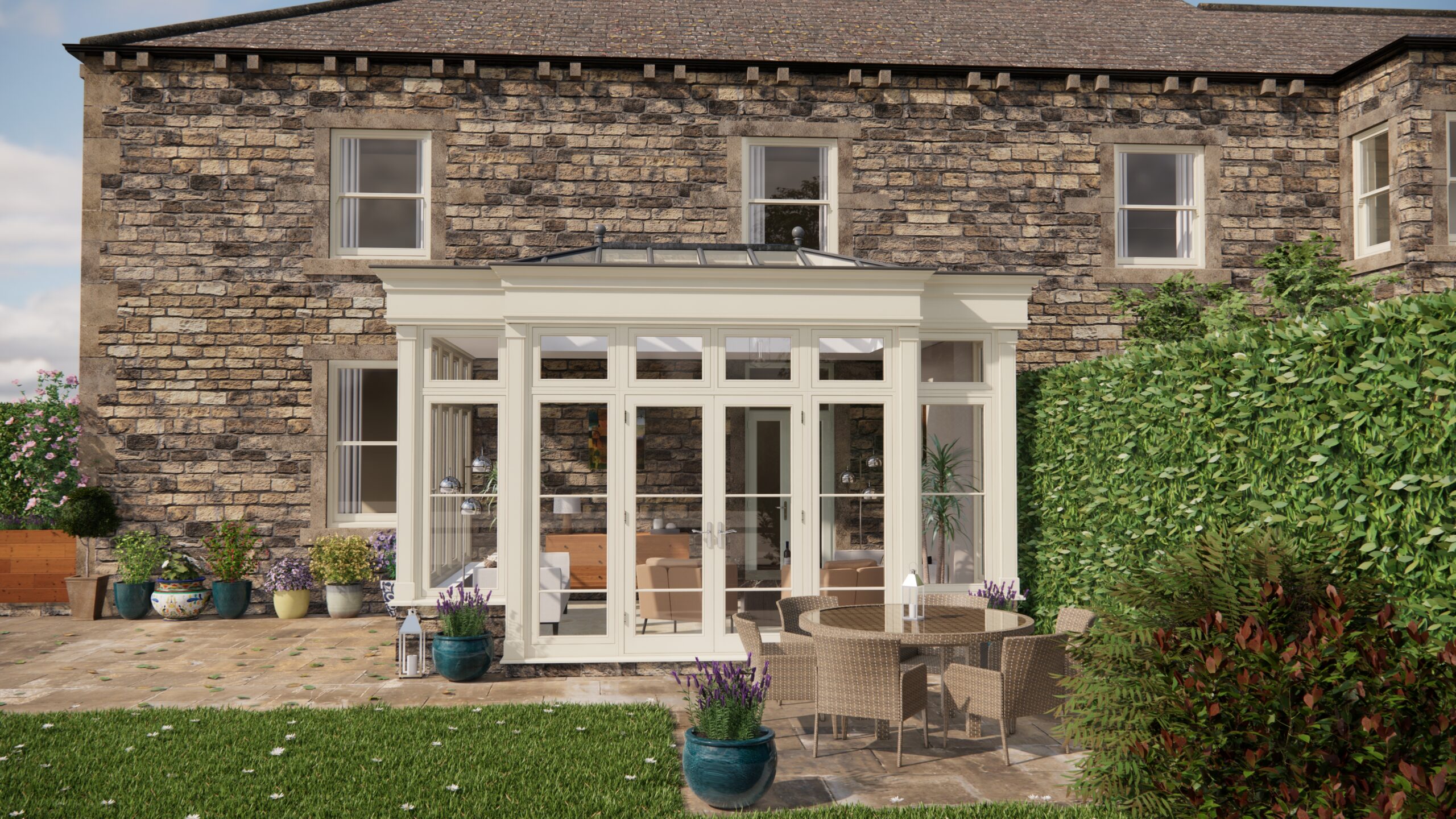As a passionate gardener in the UK, I’m constantly seeking ways to maximise my harvest and enjoy fresh, homegrown produce for as much of the year as possible. Our climate, while often charming, presents its challenges. Short growing seasons and unpredictable weather can leave you yearning for more. That’s why I decided to delve into the world of polytunnels, and let me tell you, it’s been a game-changer!
When I first started considering a polytunnel, the sheer variety of options was overwhelming. Size was my primary concern. How big a space could I realistically dedicate, and what did I want to grow? I opted for a medium-sized polytunnel, approximately 4m x 6m. This gave me ample room for several raised beds and pathways, without completely dominating the garden. There are smaller options ideal for allotments or compact gardens, and larger commercial-grade ones if you’re seriously committed. The frame material is important too. Galvanised steel is a robust, long-lasting choice, capable of withstanding the blustery conditions we often experience here in the UK.
Preparing the soil inside the polytunnel is crucial for success. Before erecting the structure, I dug over the area, incorporating plenty of well-rotted manure and compost. This improved drainage and provided essential nutrients. Raised beds are a fantastic addition, as they offer even better drainage and allow you to control the soil composition precisely. Consider adding a layer of weed suppressant fabric beneath the beds to prevent unwanted guests. I chose a soil mix rich in organic matter.
Planting techniques within a polytunnel are similar to those in an open garden, but with a few key differences. Firstly, start your seeds indoors earlier. The polytunnel allows you to transplant seedlings earlier in the spring than you would normally risk outside. Succession planting is also incredibly effective. By sowing seeds every few weeks, you can ensure a continuous harvest of crops like lettuce, spinach, and radishes. For crops like tomatoes and peppers, which thrive in warmth, use vertical supports to maximise space and airflow. I’ve found that companion planting – growing certain plants together that benefit each other – works particularly well in the controlled environment of a polytunnel.
Ventilation is absolutely vital. Polytunnels can quickly overheat, especially on sunny days, even in early spring. I installed roll-up side vents and a door vent to allow for optimal airflow. Monitoring the temperature is essential; a simple thermometer placed inside will give you a clear indication. In the height of summer, you might even need to consider shading, either with netting or by applying a shading compound to the polytunnel cover. Watering also needs careful management. Drip irrigation systems are highly efficient, delivering water directly to the roots and minimising water waste. Regular monitoring of soil moisture levels is crucial, especially during hot spells. Overwatering can lead to fungal diseases, so err on the side of caution.
Dealing with condensation is another common challenge. Good ventilation is the best preventative measure. Also, consider using anti-condensation film on the inside of the polytunnel. Overheating can be avoided with the correct usage of ventilation and shade systems. One of the biggest problems I’ve faced is pests. While the polytunnel provides a barrier, pests can still find their way in. Regular inspections are crucial. I use organic pest control methods like introducing beneficial insects and using companion planting. Netting can also be used to protect vulnerable crops.
Successfully extending the growing season in your garden with a polytunnel involves careful planning and attention to detail. Think about what you want to grow, choose a polytunnel size that suits your space and needs, and prepare the soil diligently. Master ventilation and watering strategies, and be vigilant about pest control. With a little effort, you’ll be enjoying fresh, homegrown produce from your UK garden for many months beyond the traditional growing season. It’s a journey well worth taking!


